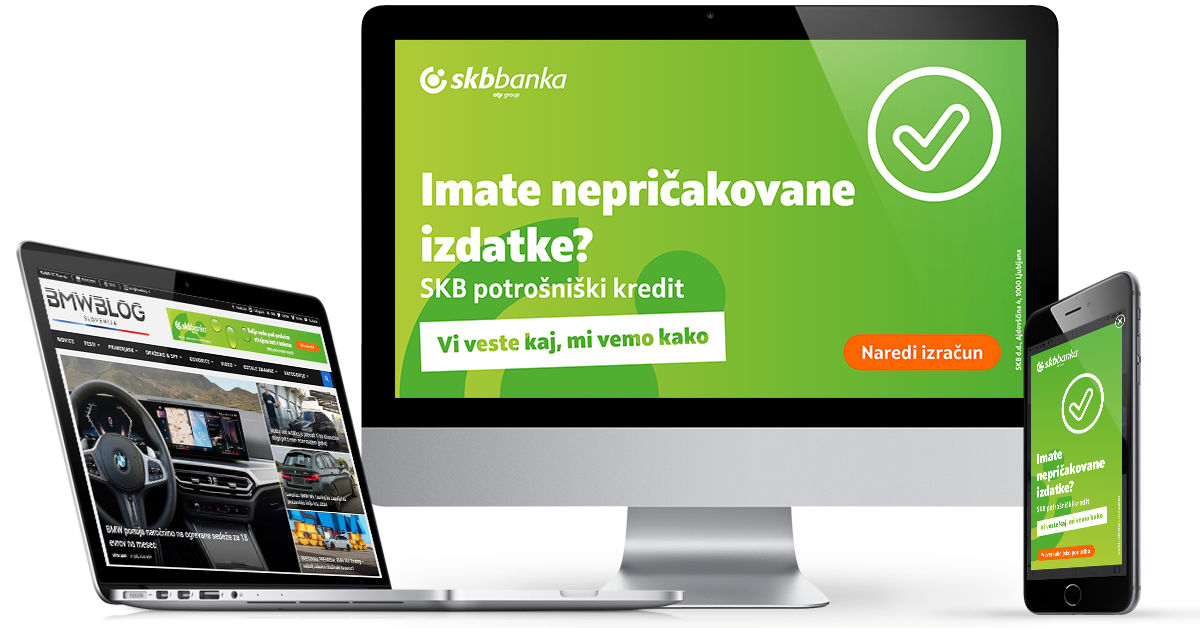Goals
- Promote SKB banka’s consumer loans to both existing and new customers.
- Enhance the bank's visibility and attract new customers.
- Improve conversions on landing pages which are represented by informative calculations made and customer contacts obtained.
SKB banka has improved the performance of its digital advertising efforts by using iPROM Private DMP, a technology solution based on first-party data about its digital audiences. By buying ad space based on proprietary or first-party data, the bank achieved a 72% increase in direct response rate and a 25% reduction in the effective cost per user reach of the relevant audience (eCPC).
SKB banka is constantly striving to improve its advertising strategies and connect with its target audience. With this in mind, the bank recognised the value of first-party data on its digital audiences and implemented a successful advertising campaign based on it.
In the spring, SKB banka unveiled a fresh creative design and a promotional offer for consumer loans for unexpected expenses, which were aimed at existing and new customers.
Objectives of the Spring Consumer Loan 2023 advertising campaign:
- Promote SKB banka’s consumer loans to both existing and new customers.
- Enhance the bank’s visibility and attract new customers.
- Improve conversions on landing pages which are represented by informative calculations made and customer contacts obtained.
To achieve its objectives, SKB banka used first-party data about its digital audiences, stored and enriched in a data warehouse (iPROM Private DMP). Using first-party data obtained with the explicit consent of users and implementing continuous digital advertising, the bank worked with iPROM to design a comprehensive first-party advertising strategy. First- party data was used to target and buy advertising space in editorial online media through the iPROM Programmatic Platform. Ads for a special loan offering were displayed to users using iPROM Private DMP. Additionally, the first- party advertising strategy was complemented with third- party data, targeting users based on behavioural patterns to broaden the target audience.
This approach empowered SKB banka to better manage its investment in the digital media advertising campaign.
Results:
The analysis of the comparison of advertising results using first- and third-party data revealed that ads targeted with iPROM Private DMP and first-party data outperformed those targeted with third-party data in terms of both media and brand metrics.
Media metrics:
- Direct response rate to displayed ads increased by 72%.
- Cost per effective user reached (eCPC) decreased by 25%.
Brand metrics:
- Ad exposure time increased by 11%.
- Quality of visit improved as visitors who responded to ads viewed 15.4% more pages.
- Time on page extended by 72.9%.
- Price per target reached immediately after clicking on the ad improved by 12 %.
- Cost per user per interaction decreased by 68%.
The SKB banka case study clearly demonstrates that digital media buying based on first-party data on digital audiences is already highly effective today. With the imminent complete phase-out of third-party cookies next year, this type of advertising will be key to digital advertising success. SKB banka is already prepared and equipped to navigate this new landscape.
“The outcomes of the Spring Loans advertising campaign, where we leveraged our first-party data to buy audiences in digital media, were successful both in terms of branding and brand awareness in the consumer loan category and in terms of loans closed. The ongoing collaboration between SKB banka and iPROM teams that enriched our data warehouse over the years is even more crucial in volatile times. Protecting our proprietary customer data is even more important for sustaining long-term relationships and maintaining a competitive edge in the market,” added Tanja Habjan, Digital Communications Specialist at SKB banka.
